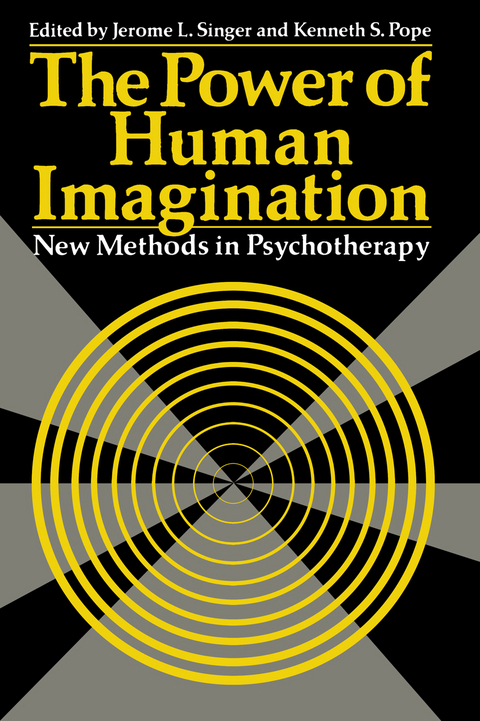
The Power of Human Imagination
Springer-Verlag New York Inc.
978-1-4613-3943-4 (ISBN)
I • Introduction and Overview.- 1 The Use of Imagery and Fantasy Techniques in Psychotherapy.- II • Psychoanalytically Oriented Uses of Imagery.- 2 Controls of Visual Imagery and Therapist Intervention.- 3 Emergent Uncovering Psychotherapy: The Use of Imagoic and Linguistic Vehicles in Objectifying Psychodynamic Processes.- 4 Clinical Use of Categories of Therapeutic Imagery.- III • Mental Imagery Therapies.- 5 Basic Principles and Therapeutic Efficacy of Guided Affective Imagery (GAI).- 6 Active Imagining.- 7 Eidetic Psychotherapy.- IV • Behavior-Therapy Uses of Imagery.- 8 Covert Conditioning: A Learning-Theory Perspective on Imagery.- 9 Covert Modeling: The Therapeutic Application of Imagined Rehearsal.- V • Broader Applications of Imagery.- 10 Imagery and the Control of Depression.- 11 Just Imagine How I Feel: How to Improve Empathy Through Training in Imagination.- 12 The Body, Expressive Movement, and Physical Contact in Psychotherapy.- VI • Conclusion.- 13 Why Does Using Imagery in Psychotherapy Lead to Change?.- Author Index.
| Reihe/Serie | Emotions, Personality, and Psychotherapy |
|---|---|
| Zusatzinfo | 426 p. |
| Verlagsort | New York, NY |
| Sprache | englisch |
| Maße | 152 x 229 mm |
| Themenwelt | Sachbuch/Ratgeber ► Natur / Technik ► Garten |
| Geisteswissenschaften ► Psychologie ► Klinische Psychologie | |
| Geisteswissenschaften ► Psychologie ► Psychoanalyse / Tiefenpsychologie | |
| Medizin / Pharmazie ► Medizinische Fachgebiete ► Psychiatrie / Psychotherapie | |
| ISBN-10 | 1-4613-3943-X / 146133943X |
| ISBN-13 | 978-1-4613-3943-4 / 9781461339434 |
| Zustand | Neuware |
| Haben Sie eine Frage zum Produkt? |
aus dem Bereich


